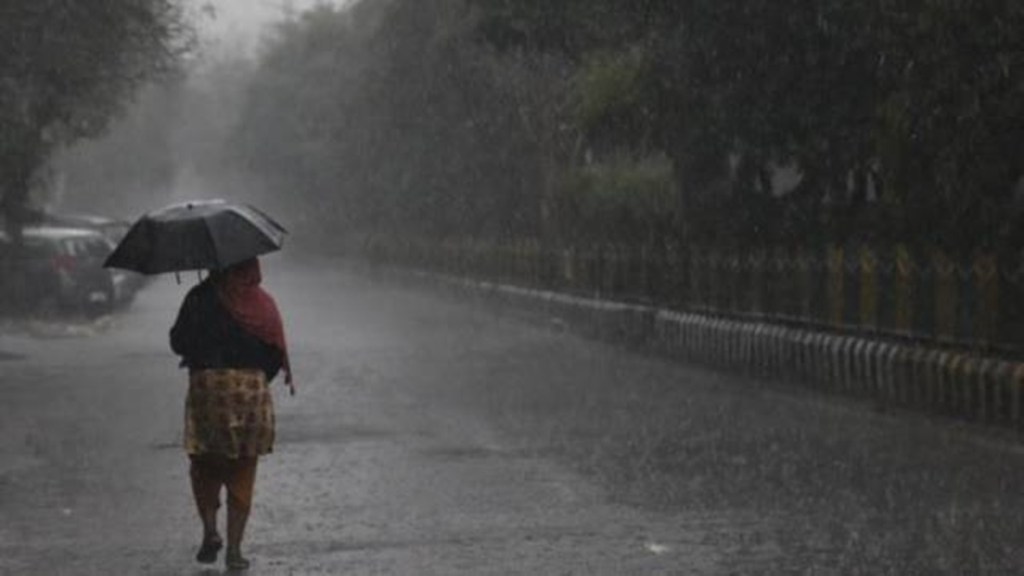Southwest monsoon has been in an “active mode” and advanced into Maharashtra, Rajasthan, Gujarat, Madhya Pradesh, Uttar Pradesh, Delhi, Punjab and Haryana, the India Meteorological Department (IMD) said on Sunday, adding the rainfall deficiency was down 28%.
Mrutyunjay Mohapatra, director-general, IMD, said low pressure area currently developing over Bay of Bengal and active monsoon conditions, will bring widespread rainfall activities over east, central, northwest and west India over next 3 to five days.
Also read: FM Nirmala Sitharaman discusses G20 efforts to strengthen MDBs
The monsoon rains in the last couple of days have brought down the cumulative rainfall deficiency during June 1-25 to 28% of the benchmark long period average (LPA) from 47% reported a week ago.
First time since 1961, monsoon rain has covered both Mumbai and Delhi on the same day.
“A monsoon low-pressure system is forming over the head of the Bay of Bengal, and it will dump heavy rain over Odisha, eastern and coastal Maharashtra, Chhattisgarh, Madhya Pradesh, and eastern Rajasthan in coming week,” Akshay Deoras, research scientist, National Centre for Atmospheric Science and Department of Meteorology, University of Reading, United Kingdom, told FE.
According to scientists with IMD, the monsoon is likely to cover the entire country 10 days earlier than its normal schedule of July 8. After monsoon covers the entire country, kharif crops including paddy, coarse cereals, pulses and oilseeds sowing activities pick up pace.
The deficient monsoon rains have delayed the sowing of kharif crops – paddy, pulses, oilseeds, cotton and sugarcane.
The sowing was down 4.5% on year to 12.9 million hectare (MH) on year as per data by agriculture ministry data on June 23. The rains in July are most crucial as most of the planting is covered during this period.
Also read: Surge in edible oil imports cripple local units, tariff hike sought
The average annual coverage under all kharif crops including cotton, sugarcane, coarse cereals and jute is around 109 MH.
Area under paddy so far has declined by 35% to 1.07 MH, pulses sowing have been marginally higher on year at 0.6 MH.
Private weather forecasting agency Skymet has predicted July rainfall to be ‘below normal’, quantitatively at 95% of LPA, IMD is likely to predict the July outlook this week.
No change has, however, been made to the IMD’s April 11 forecast that the precipitation this monsoon season (June-September) will be in the “normal” range, at 96% of the LPA.
Skymet had earlier said monsoon precipitation this year could be “below normal” at 94% of the LPA. Rainfall between 96-104% of the LPA is considered “normal”.
In terms of regional variations, monsoon deficiency has been 45% (central India) and 49% (south peninsula) so far.
Because of widespread rainfall following the cyclonic storm ‘Biparjoy’ over central part of Rajasthan, the northwest region has received 33% more rainfall than the normal benchmark.
Southwest monsoon season (June-September) accounts for 75% of the country’s annual rainfall.

